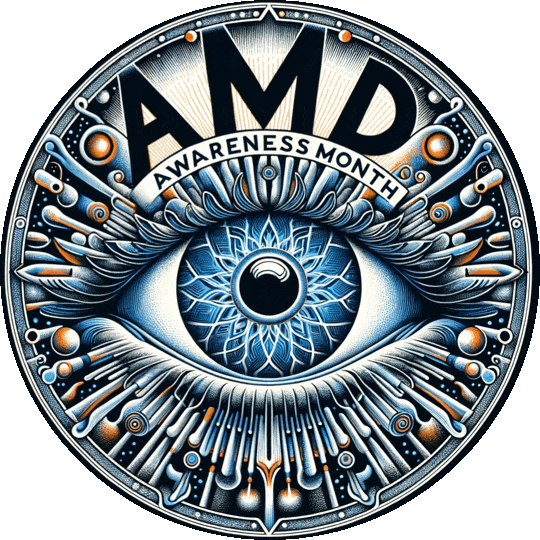Age-Related Macular Degeneration (AMD) Awareness Month is observed to highlight the impact of AMD, a leading cause of vision loss among individuals aged 50 and older. Affecting the macula, the central part of the retina, AMD compromises sharp, central vision necessary for activities like reading and driving. There are two types of AMD: dry (atrophic) and wet (neovascular). Dry AMD is more common and progresses slowly, while wet AMD is characterized by rapid vision loss due to abnormal blood vessel growth. Globally, AMD impacts approximately 196 million people. The prevalence of AMD increases with age; about 30% of individuals over the age of 75 are affected. Genetics, race (more prevalent among Caucasians), and smoking, influence the risk of developing AMD. AMD was discovered in the 19th century, but it was only in the late 20th century that significant advancements in understanding and treating the condition were made. Detailed examination of the retina, facilitated by evolving imaging technologies, has been crucial in diagnosing AMD. Treatments vary by type but may include lifestyle changes, vitamin supplements for certain stages of dry AMD, and anti-VEGF therapy for wet AMD. Despite ongoing research, there is unfortunately no cure for AMD yet, making awareness, early detection, and preventive strategies key to managing its impact on vision and quality of life. More: https://en.wikipedia.org/wiki/Macular_degeneration Art&Text supported by ChatGPT.
